For Bloomberg, Ira Boudway reports on NBA basketball going too far with the optimizations. First it’s fun and games, but then the product suffers:
The NBA has fallen into an efficiency trap: Teams pursuing the optimal strategy for winning are doing damage to the quality of the product. The situation will be familiar to baseball fans. During the Moneyball revolution, front offices became obsessed with home runs, walks and strikeouts, the so-called three true outcomes. Games became stagnant without the bang-bang action of line drives, bunts and steals.
The good news for the NBA is baseball also provides a road map out of such doldrums. In 2023, Major League Baseball introduced a set of rule changes, including pitch clocks, bigger bases and a ban on a defensive strategy known as the infield shift, intended to inject excitement back into the game. So far, it’s helped, leading to shorter games, more steals and increased attendance. The rollout of these changes should serve as a model for the NBA.
I’m a Golden State Warriors fan, so three-point highlight reels are a source of joy. Stephen Curry and company were winning, by a lot. Other teams followed the strategy, naturally.
Now the NBA has to adjust, because watching four guys, and sometimes all five, hang out on the perimeter every possession is sitting at the bottom of the trough. They have to optimize for entertainment now.



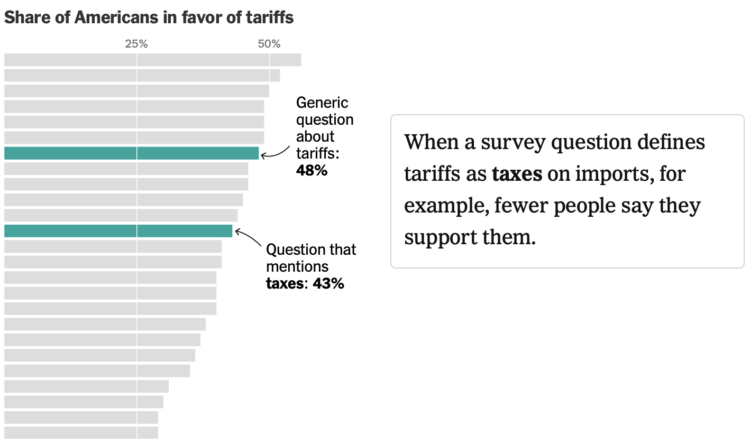
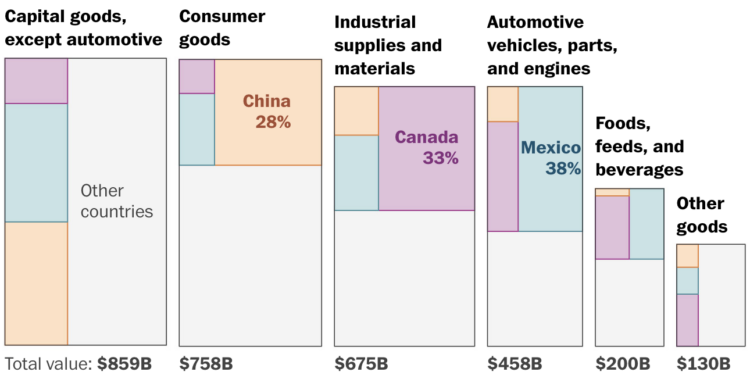
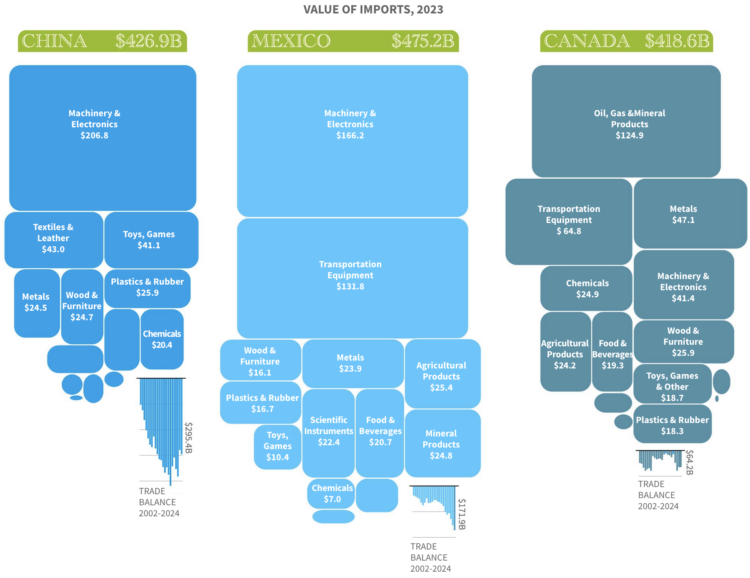


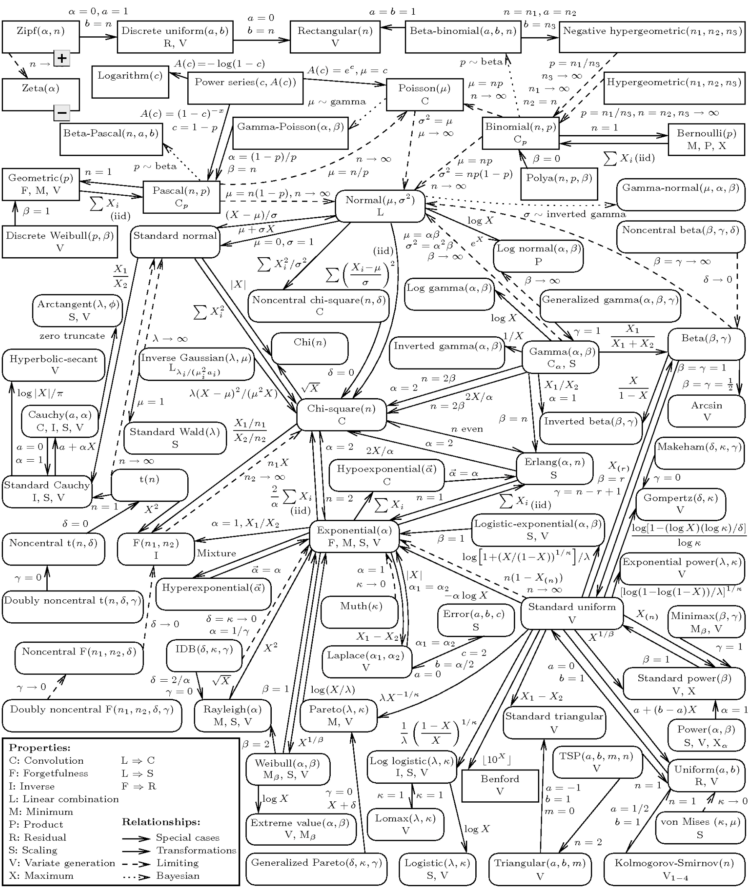

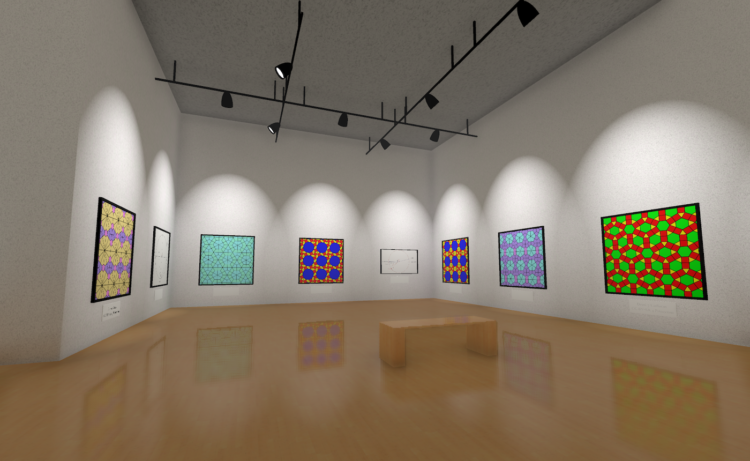
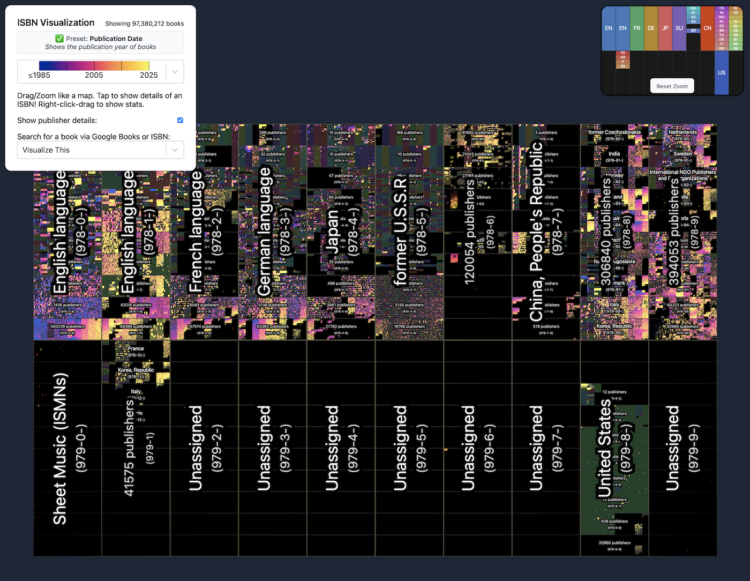
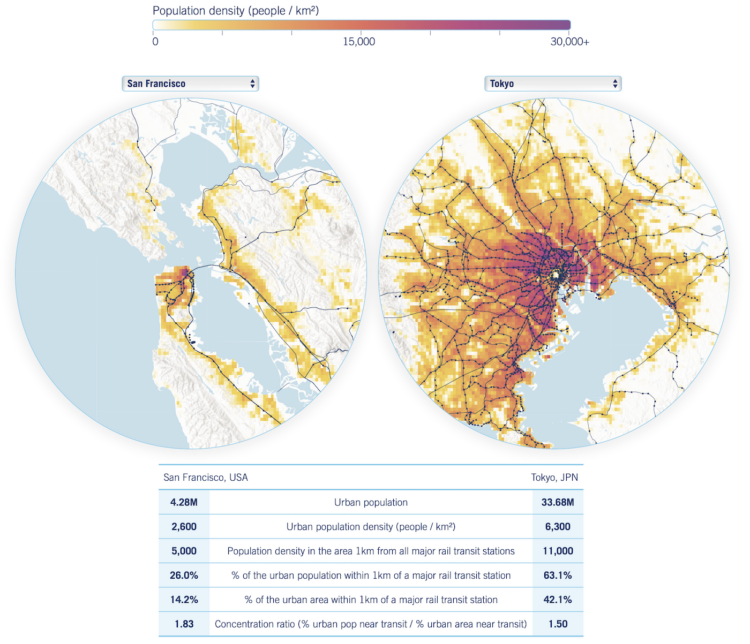

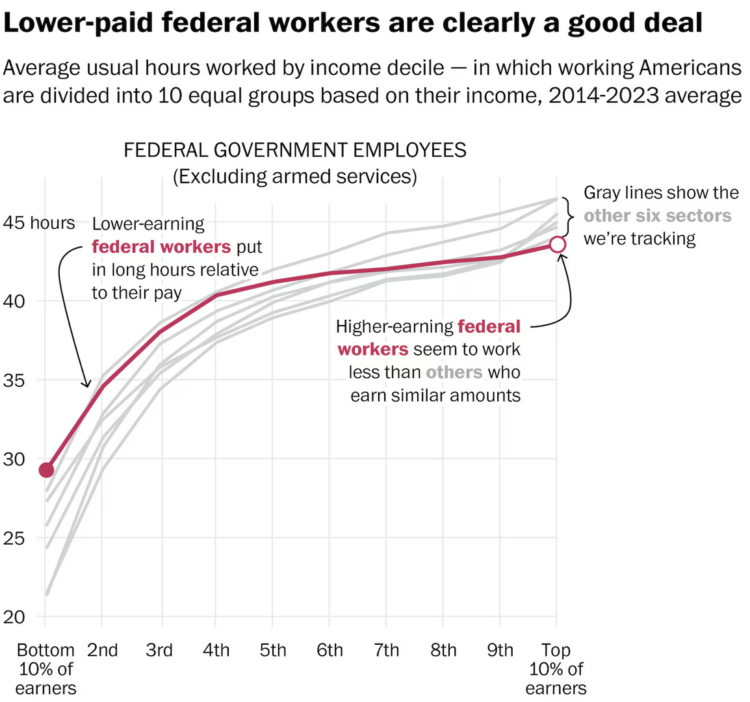
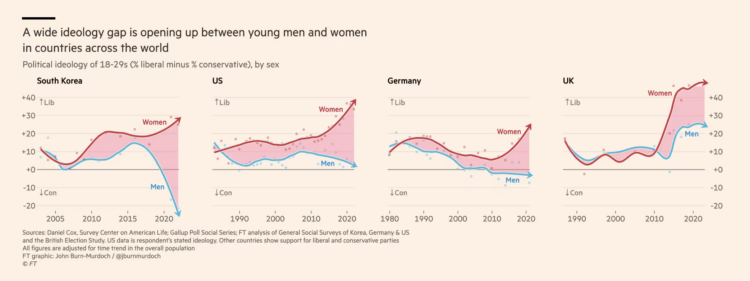
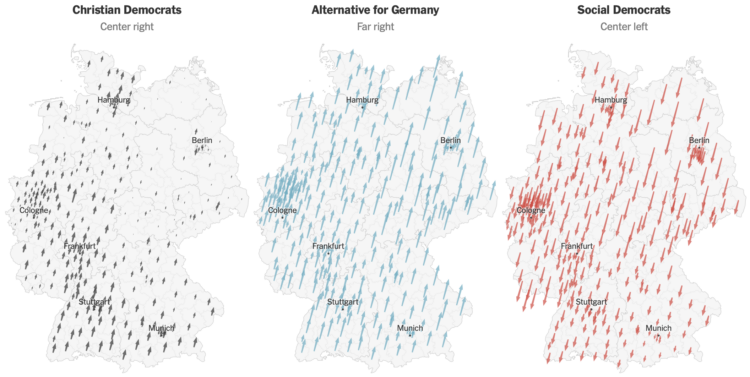
 Visualize This: The FlowingData Guide to Design, Visualization, and Statistics (2nd Edition)
Visualize This: The FlowingData Guide to Design, Visualization, and Statistics (2nd Edition)










